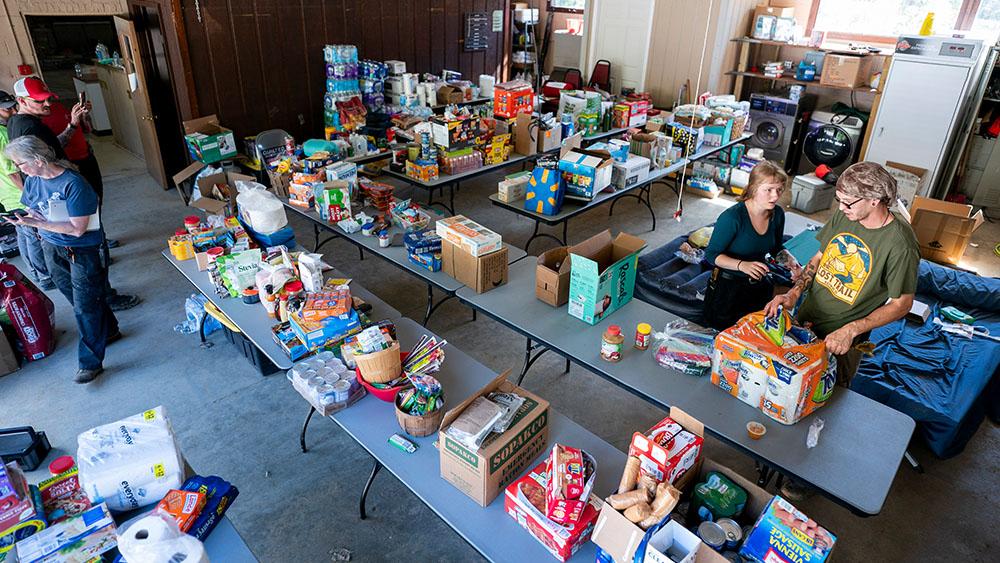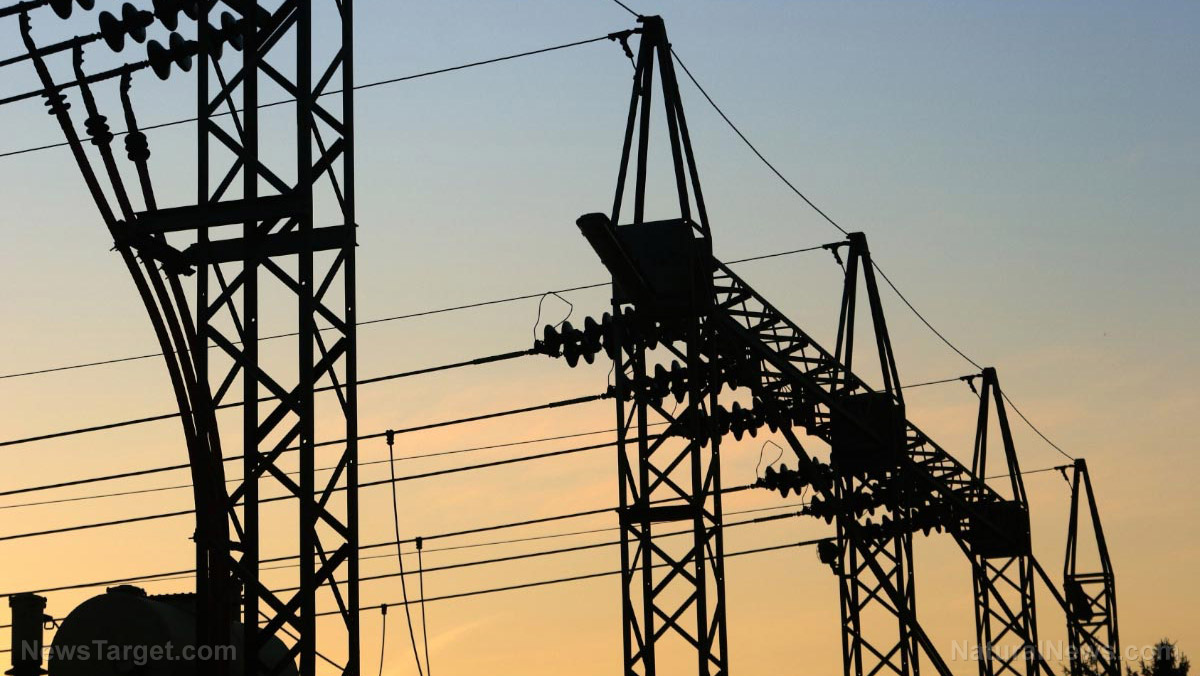
- A joint military task force conducted search and rescue training off Florida’s coast to prepare for increased astronaut ocean splashdowns.
- Crews simulated recovery operations for SpaceX, Boeing, and NASA Artemis missions, with at least four crewed launches planned for 2025.
- Ocean splashdowns remain a key method for spacecraft landings, with recovery teams ensuring rapid retrieval of astronauts and capsules.
- The space industry is booming, with SpaceX, Boeing, and NASA’s Artemis program driving growth, including private missions to the ISS.
- Military training emphasizes rapid response and safety, building on past lessons to support a sustainable low-Earth orbit economy and deep-space exploration.
Why sea landings?
Ocean splashdowns have been a staple of U.S. space programs since the Mercury, Gemini, and Apollo missions. Waterways like the Atlantic Ocean, Gulf of Mexico, and Pacific Ocean provide a vast, soft surface that helps dissipate a spacecraft’s energy during re-entry. During SpaceX missions, for example, three parachutes slow the descent to about 15 mph, allowing for a controlled splashdown. Within minutes, recovery teams retrieve the crew and secure the capsule for future use. The recent training exercises, conducted in rough seas and wintry weather, included 10 airdrops and 30 pararescuemen jumps in less than eight hours. These drills are essential for ensuring rapid response times and precision in real-world scenarios.A surge in space travel
The space industry has seen exponential growth since 2020, with SpaceX leading the charge in commercial launches. Boeing’s Starliner and NASA’s Artemis program, which aims to return humans to the Moon by 2026, are also contributing to the uptick in missions. Florida’s Space Coast is set to host multiple crewed launches in 2025, including SpaceX’s Crew-10 mission to the International Space Station (ISS), scheduled for late March. Crew-11 is expected to follow in late summer, alongside private missions like Fram2 and AX-4, which will send civilians into orbit. Private spaceflight is also expanding access to the ISS. Axiom Space’s fourth private astronaut mission, Ax-4, is slated for spring 2025 and will include the first astronauts from Poland and Hungary to visit the station. Peggy Whitson, a former NASA astronaut and Axiom’s director of human spaceflight, will command the mission. “As NASA looks toward the future of low Earth orbit, private astronaut missions help pave the way and expand access to the unique microgravity environment,” said Dana Weigel, manager of NASA’s ISS Program.Preparing for the future
The military task force, typically activated three to four times a year, is bracing for more frequent alerts as space travel becomes more routine. The training exercises are not just about rescuing astronauts but also about refining techniques to handle emergencies in challenging conditions. The lessons learned from past tragedies, such as the Space Shuttle Challenger and Columbia disasters, have shaped today’s safety protocols. With each successful mission, NASA and its partners are building a foundation for a sustainable low-Earth orbit economy, paving the way for future deep-space exploration. As humanity reaches further into the cosmos, the military’s role in ensuring safe returns to Earth has never been more critical. With rigorous training and cutting-edge technology, the U.S. is ready to meet the challenges of this new space age. Sources for this article include: NYPost.com Space.com NASA.govHealth Ranger Report: Mike Adams and Tina Blanco talk about the unsung heroes of disaster relief
By Kevin Hughes // Share
HOPE: RFK Jr.’s appointment as HHS secretary marks a new chapter in America’s health debate
By Willow Tohi // Share
Trump demands Ukraine repay U.S. aid with rare earth minerals amid war negotiations
By Cassie B. // Share
Teachers’ fight against Monsanto over PCB poisoning heads to Washington Supreme Court
By Cassie B. // Share
Back to basics: How natural gas is saving America’s grid from collapse amid AI boom
By Willow Tohi // Share
NASA urged to avoid building near lunar faults after moonquake discovery
By isabelle // Share
Senior State Department officials slam EU's multimillion-dollar fine on Elon Musk's X platform
By ramontomeydw // Share











